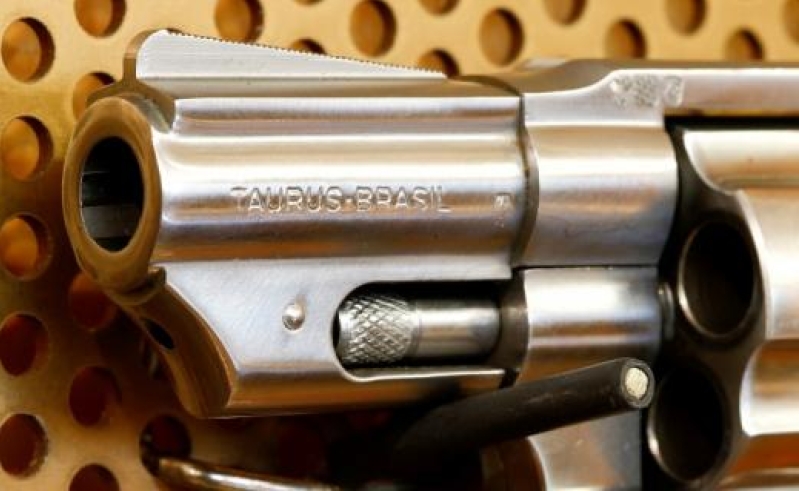
Just as Chicago topped 500 homicides for this year, the city's Labor Day Monday began with the surprising violence of one retired minister fatally shooting another retired pastor, both of whom were residents of a Rainbow Beach senior suites. Police have the shooter in custody. Residents said they believe the two men were once again arguing about religion. Chicago was almost set to have the least violent holiday weekend of 2016 when over a 24-hour period between early Monday and Tuesday, more than 30 people were shot and 13 left dead.
An 80-year-old retired minister died after being shot in the face by his fellow resident, also a retired minister, living in the South Shore neighborhood reports MSN.
Rainbow Beach resident Jamie Weems said the shooter was wheelchair-bound. He said religion is almost all the two men talked about. The shooting occurred around 6:30 a.m. Monday.
Police said the retired minister was found dead; residents identified the man as Allen H. Smith. No charges had been filed, according to MASETV.
The Labor Day weekend was the deadliest of the three holiday weekends this summer.During Memorial Day weekend, 69 people were shot, six of them fatally, and the Fourth of July weekend recorded 66 shot, five of them fatal.
Thirteen people were shot to death in Chicago over this Labor Day weekend; 31 of the 65 people shot over the long weekend were wounded between 6 a.m. Monday and 3 a.m. Tuesday. Nine of the fatal shootings occurred over that period. The year 2016 is now the deadliest year in two decades for Chicago.
CNN reported Tuesday (Sept. 6) that Chicago's homicide rate tops other big U.S. cities, such as New York and Los Angeles. But Chicago is not the homicide capital of the United States. New Orleans, St. Louis, Detroit, Baltimore and Newark all have higher homicide rates when considering the data per capita.
A lot of the homicides in Chicago are gun-related, reports CNN; there are nearly 82 shootings per week. In just one weekend in August, there were eight gun-related homicides and 64 non-fatal shootings. However, 60 percent of the guns used in these shootings were purchased out of state.







